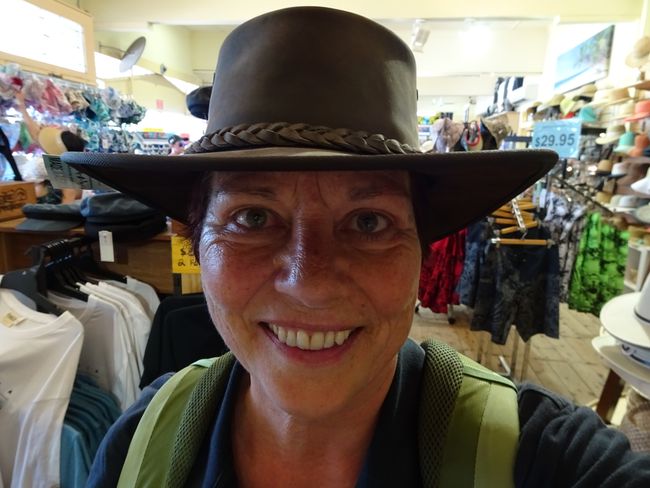
Neuseeland/Südinsel & Australien/Victoria
vakantio.de/neuseeland_suedinsel_und_victoria
20.12.18 Moeraki Boulders, Sea Lions, Gold Mines and 4°C: Midsummer in New Zealand
게시됨: 22.07.2019
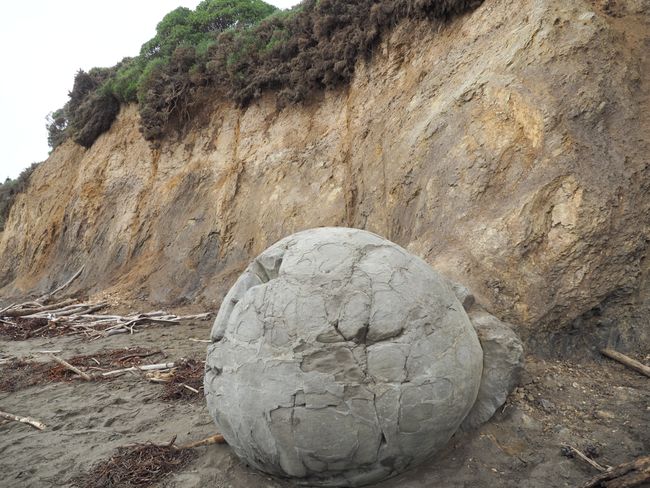
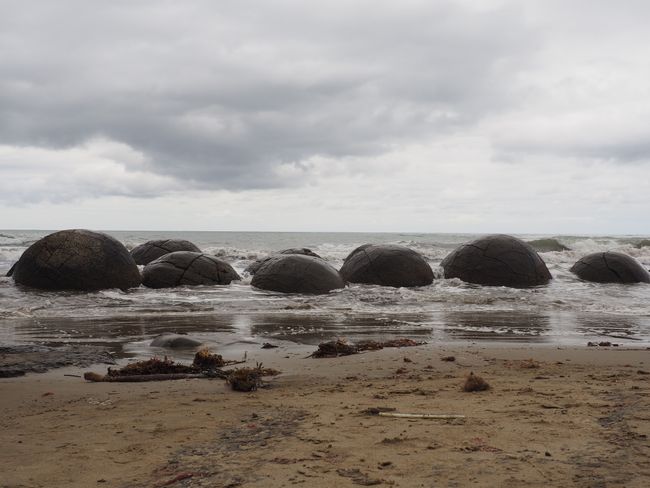
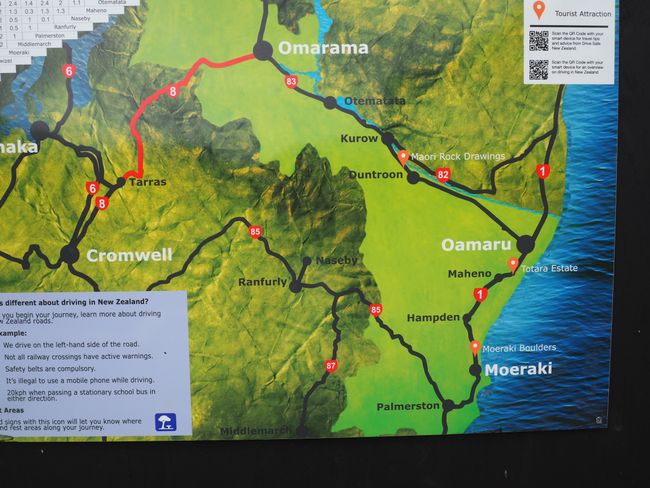

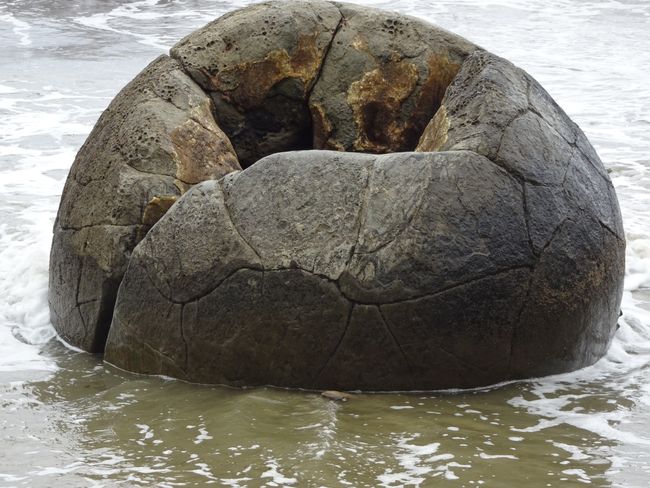
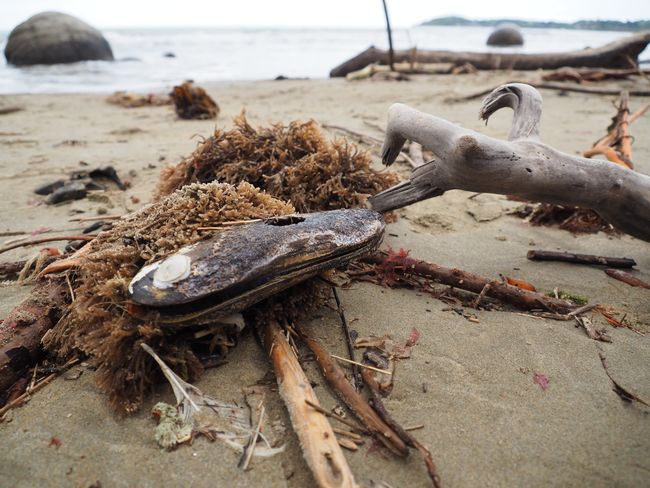
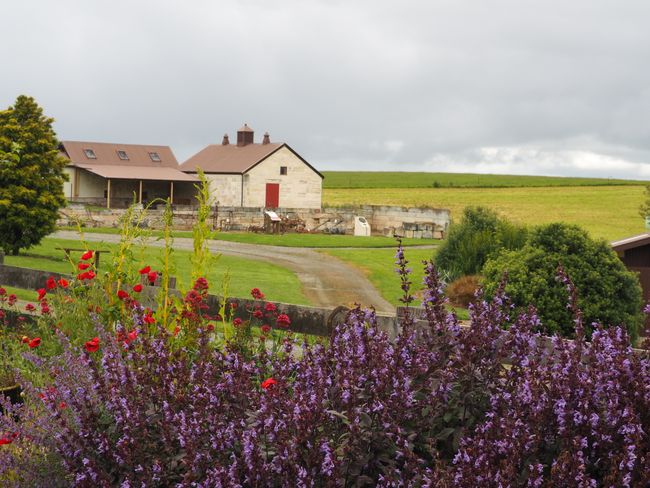
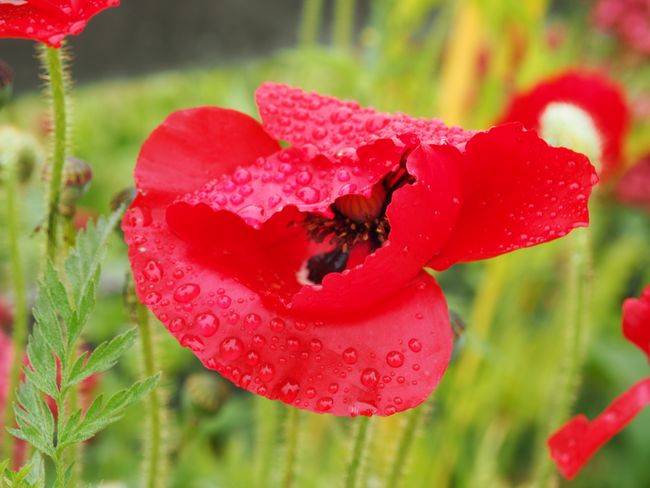
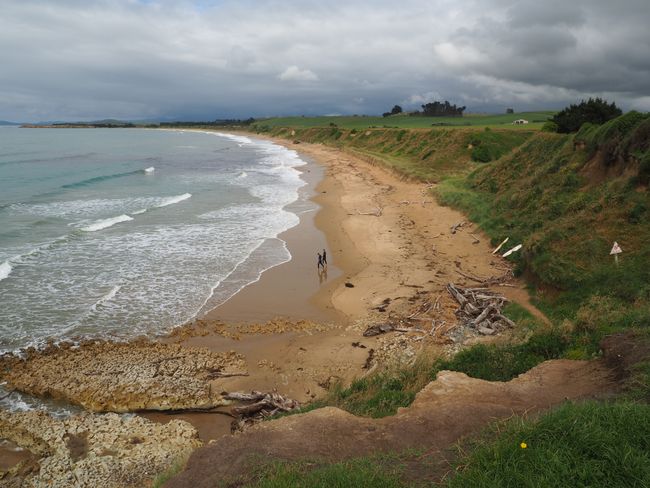
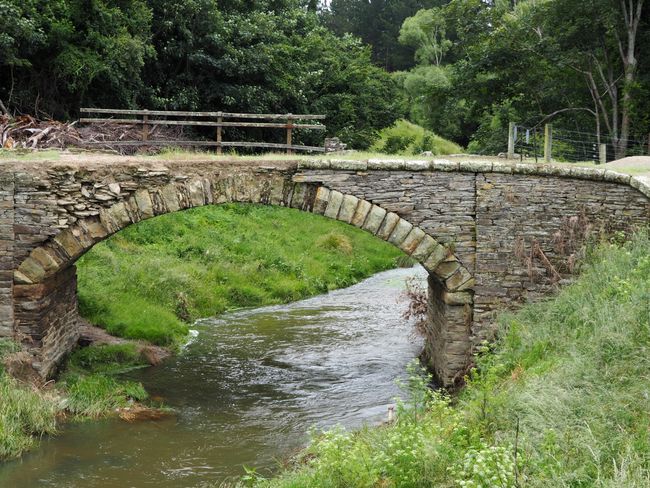
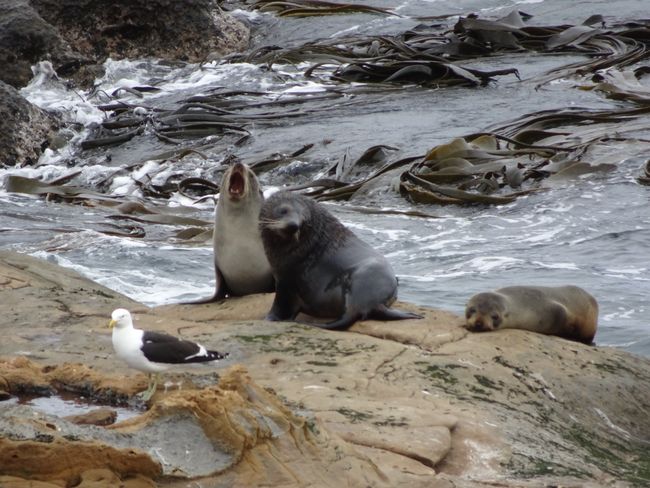
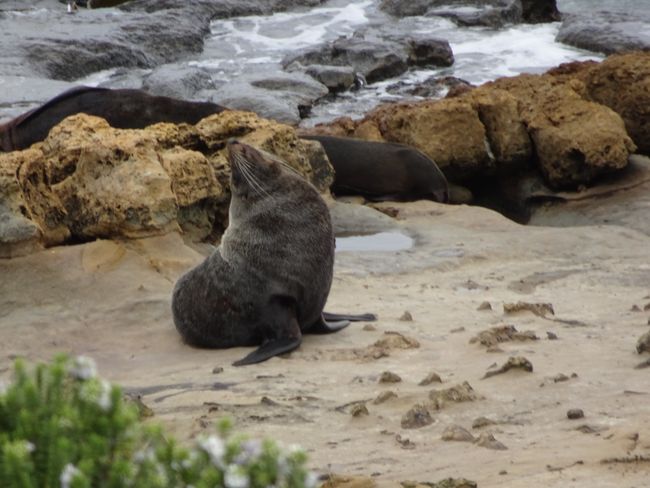
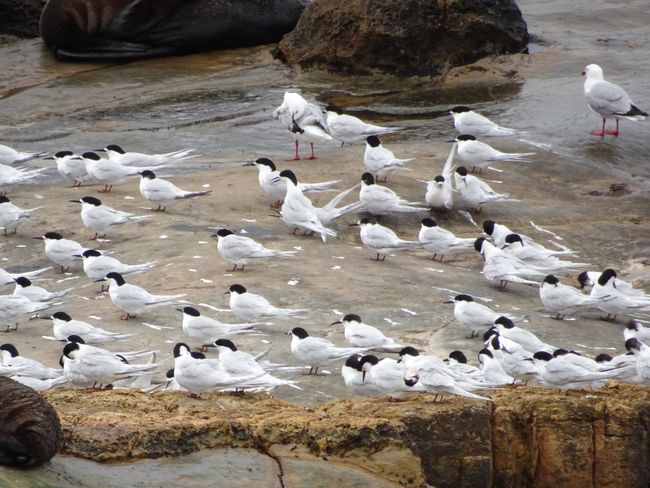
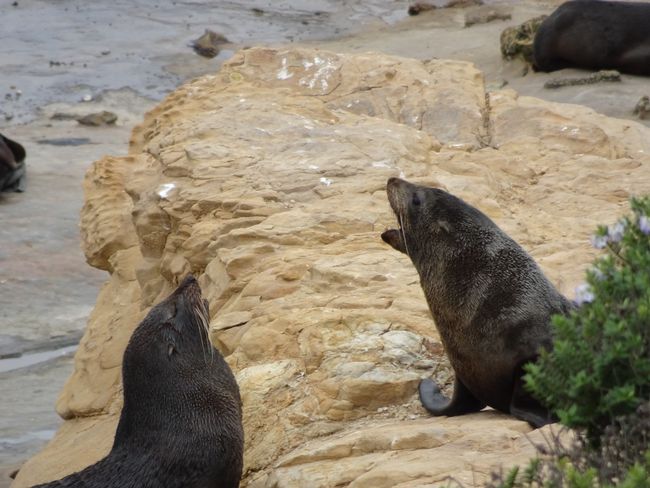
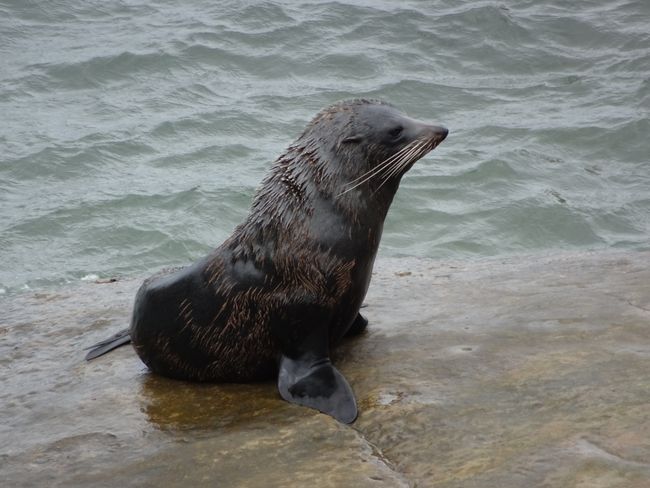
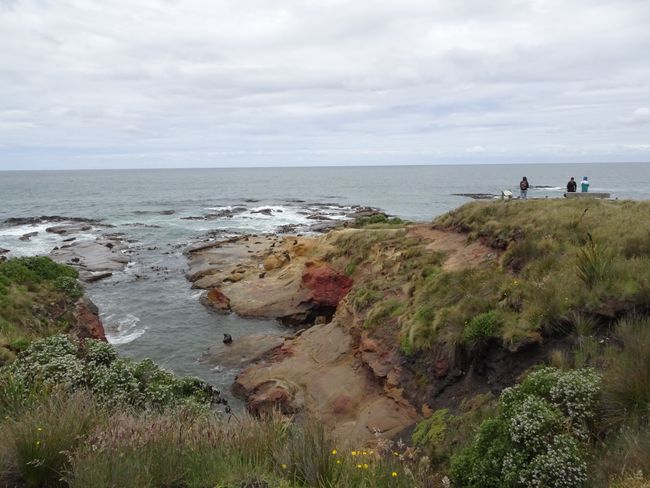
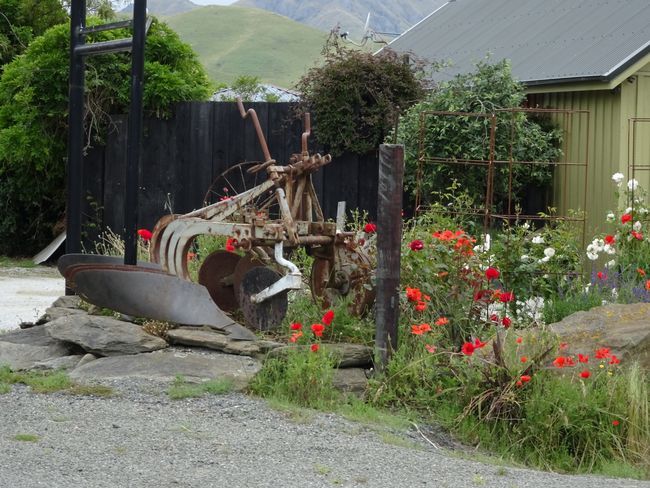
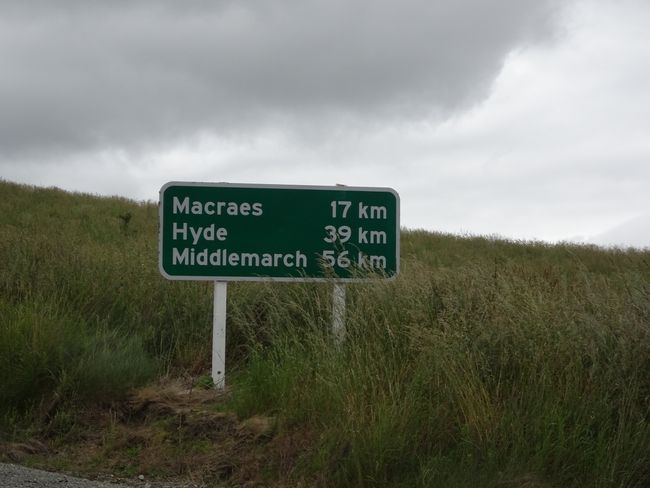
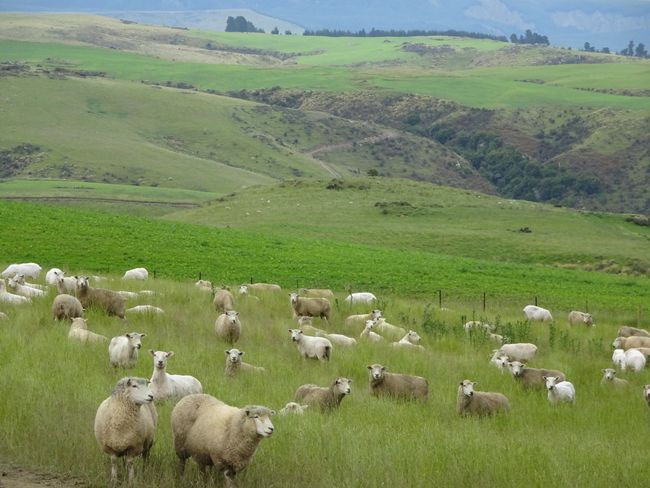
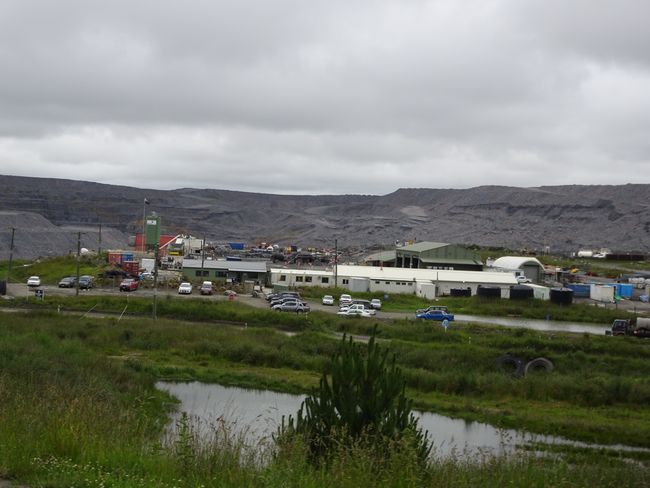
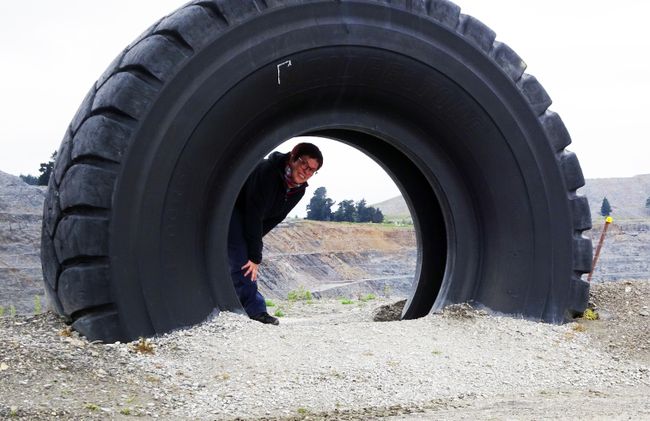
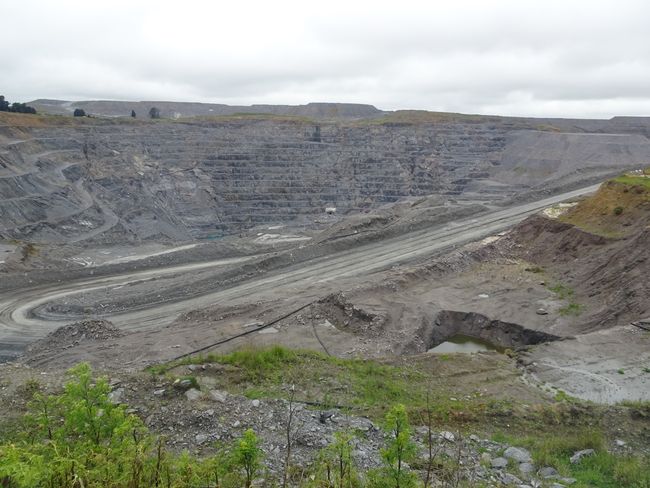
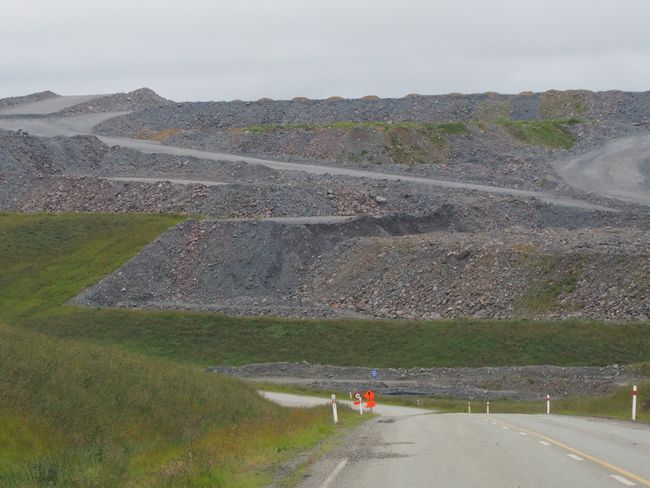
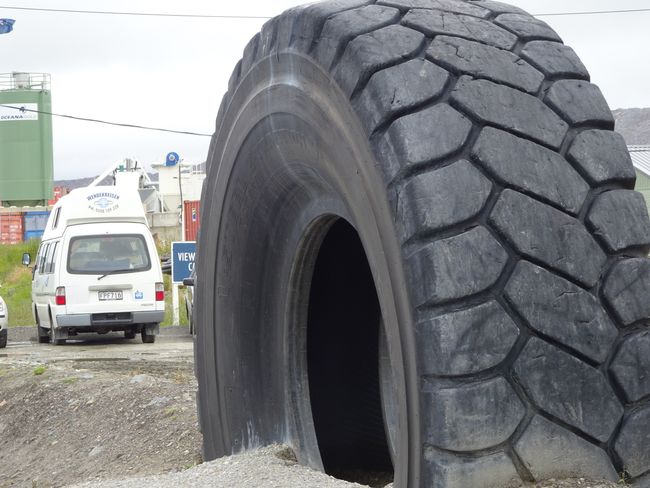
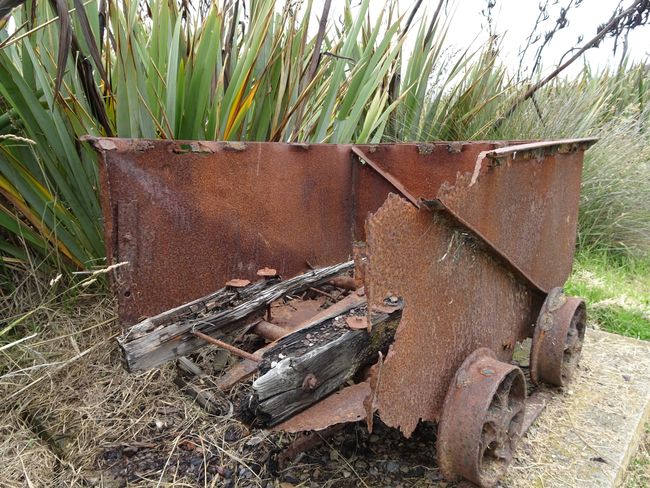
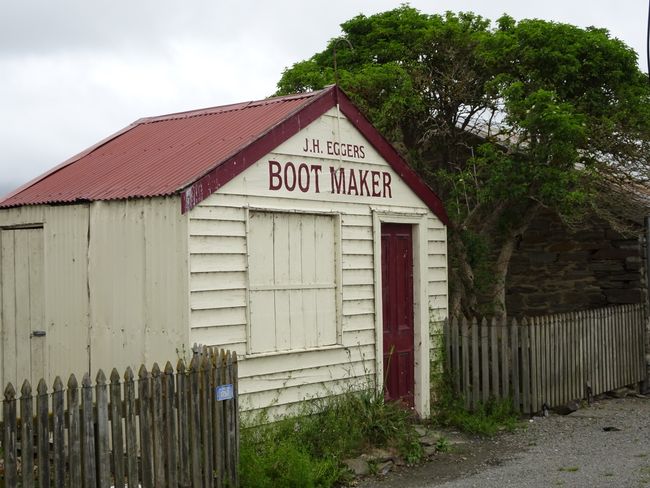
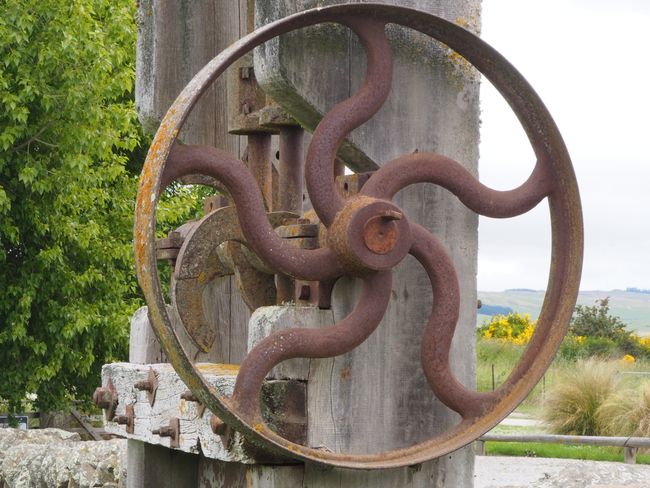
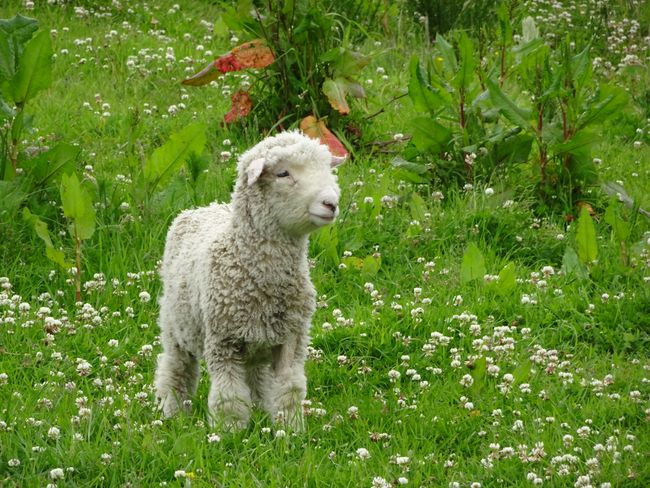
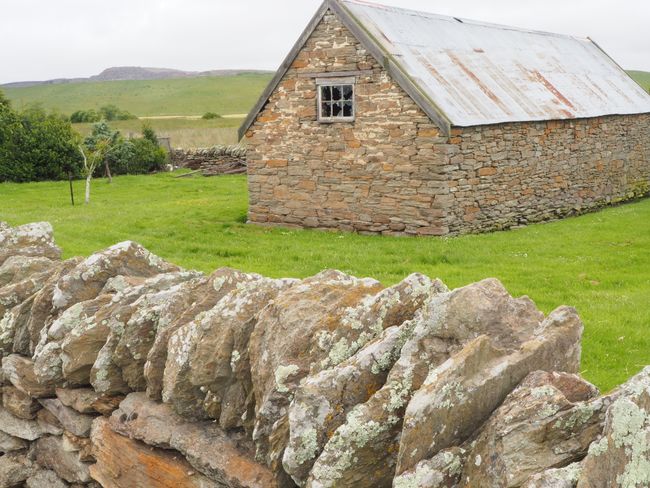
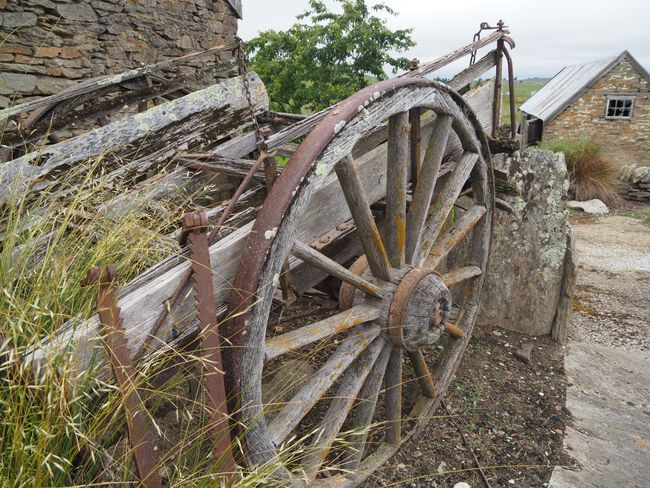
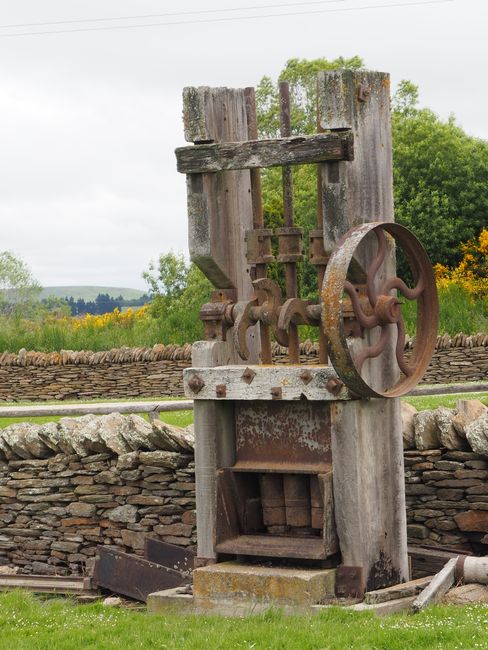
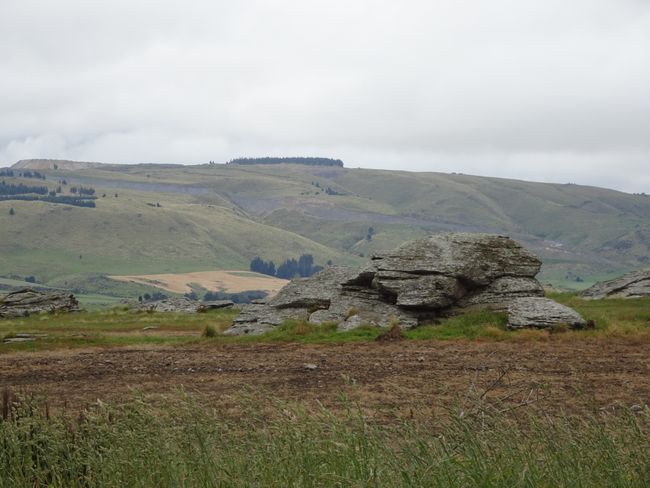
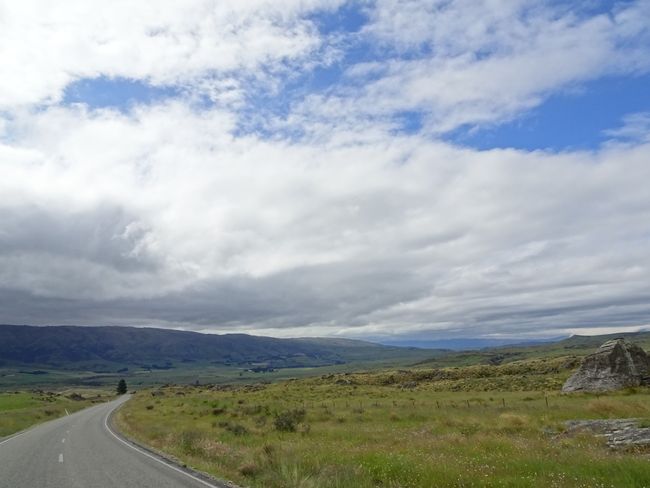
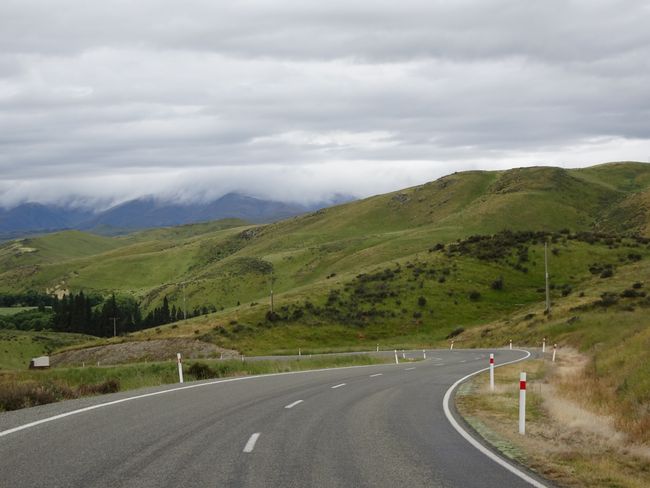
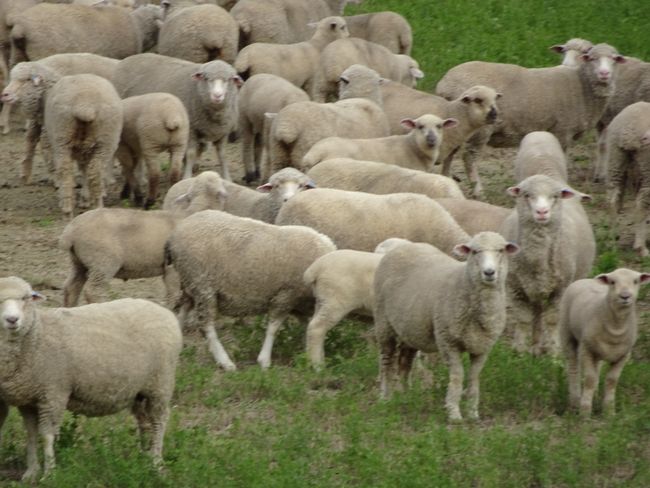
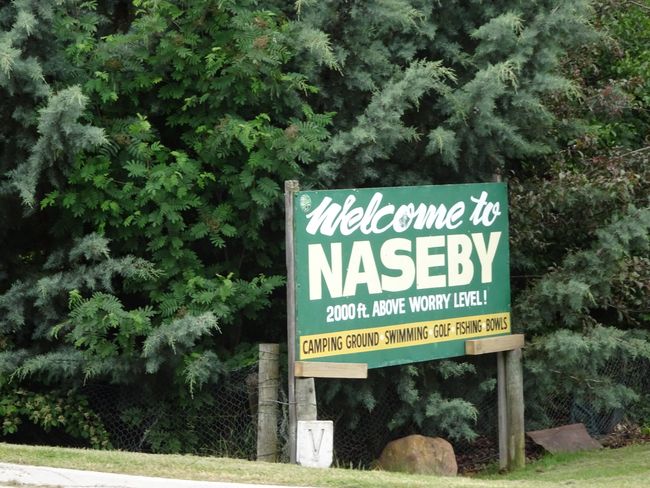
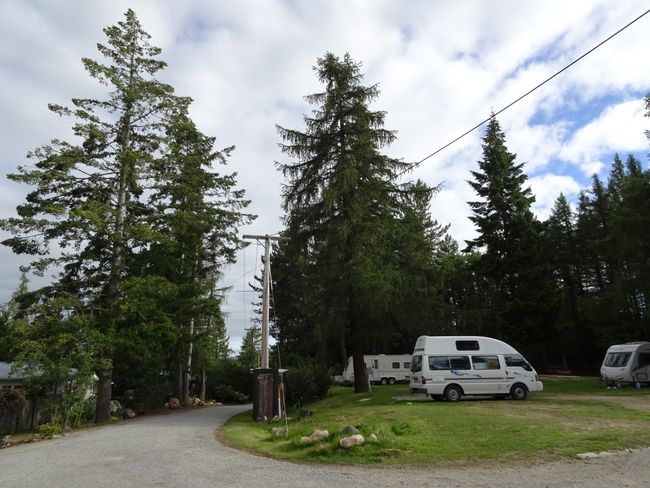
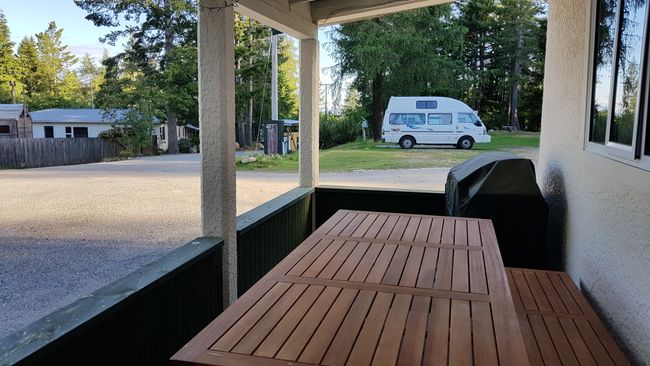
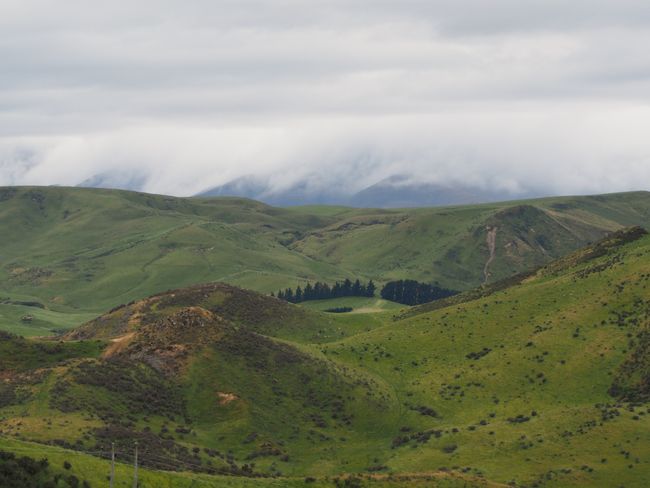
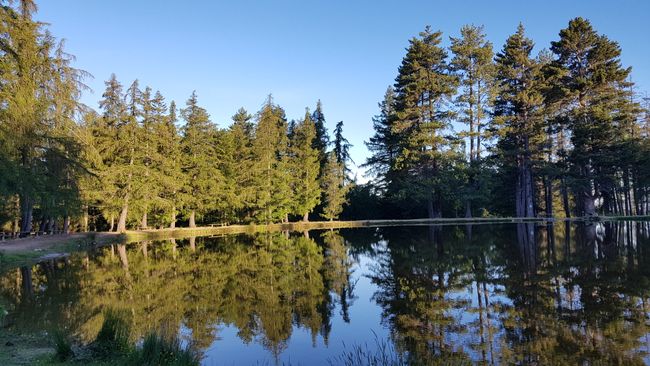
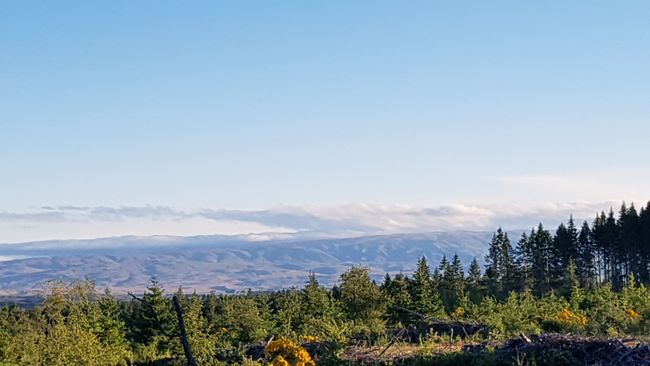
뉴스레터 구독
Thursday 20.12.18
I am not up until 8:45 am, rush into the shower, chat briefly with Annik and then she drives off while I am still having breakfast. I also continue south, soon turn off SH1 onto a side road to Kakanui. The All-Days Bay is beautiful to look at even in cloudy weather, and when the sun suddenly shines brightly, I bravely change into a T-shirt under my fleece jacket and briefly consider putting on my sunglasses - but the sun is already gone and the wind feels even colder. So I continue with my jacket and heater and head to Moeraki.
The boulders are not just stones, but are made of mud, clay, and clay and are so-called septarians. The half-spherical formations always have cracks and eventually burst, break, and crumble. However, the currents continue to expose more boulders, and today I see a boulder at the end of the beach that seems to be growing out of the cliff. The largest boulders have a diameter of over 2 meters. Their formation is still not fully understood, they are estimated to be 90 million years old, and somewhere I also read that they are microorganisms. During my visit this year, they mostly lie deep in the water because it is high tide. I always find these "stones" somehow mystical and don't like to part with them, but it starts to drizzle again...
Shortly after Moeraki, you come to a promontory called Shag Point. Estimated to be over 100 fur seals lie below the cliff on the rocks, sleeping, annoying themselves, or wiggling their fins. A great sight - if it weren't so freezing cold. The wind is icy, and despite endless photo opportunities, I retreat to the camper and start my gas cooker to make myself a hot coffee. In doing so, I find that now one of the two gas burners in this super vehicle is also not working. So in the future, it will mean eating from 1 can in 1 pot, or you have to prepare and eat meal components one after the other. Really, this thing is junk.
The weather forecast shows that there should be slightly drier weather inland. So I follow SH85 and turn left onto a small road at Dunback and reach Maraes Flat and the giant gold mine operated there by a Sino-Canadian company. The excavation of the ground is an incredibly huge pit that cannot even be completely photographed with a small wide-angle lens. Mining has been carried out in this industrial form for around 30 years. The entire area is a gold mining area, but in this gigantic form, it only exists here. The Oceana Gold Mine is New Zealand's largest gold mine - probably there are no others nearby. Around 200,000 ounces (around 5.6 tons) are extracted here annually. The first gold finds here in Central Otago were already in the mid-19th century, which is why there are small old gold rush towns everywhere. This mine is very new, but apparently very productive. The extracted gold quantities are shipped to Perth and cleaned there. After the gold extraction was apparently exhausted in the pit, they started digging several tunnels and have now created a several kilometers long network and are exclusively extracting gold from there. In the long term, they expect another good 30 years of extraction. For the landscape, it is actually a catastrophe. The extraction also requires extremely large amounts of water (pressure), so thick pipelines run through the area. The water will come from somewhere and will have to be disposed of somewhere dirty.
The small village of Macraes is like a film set. Unfortunately, it is still freezing cold, so my village stroll is short. There are a few rusty old gold mining devices to see here, and workers from the mine come and go in the only pub in town with super thick boots. I reach SH82 at Hyde and drive north. When I reach Ranfurly, it is already 6:00 pm, and I quickly fill up and drive the remaining 11 km into the solitude to Naseby because this campground is described as very nice and idyllic in my guidebook. Naseby is really a nest - but a pretty one - located in the highlands of Central Otago. What I do not yet know is that it is practically the coldest point in New Zealand here.
Fortunately, the campground operators are still there at 6:30 pm, and I take a nice pitch under tall pine trees and enjoy the beautiful evening sun, which suddenly comes through the treetops. In the immediate vicinity of the campground is a small pond, which turns out to be the public swimming area. I walk through the forest and over hills, sit by this small body of water and look at the Dunstan Mountains, which can be seen in the distance in a reddish evening light. Wonderful.
In the campground kitchen, I heat up some soup and retreat to the camper at 9:30 pm. Shortly after, the power goes out again, and I dig into the depths of the rear storage under the mattress and bench for the fuses. Then out again to check the external power connection. I already notice that the night is clear, as I only know it from winter. Equipped with a long-sleeved T-shirt, a knitted fleece jacket with a hood, jogging pants, and wrapped in a fleece blanket, with thick wool socks on my feet, I crawl under the covers. It gets brutally cold this night. The mercury drops to 4°C. Around 2 am, I try to turn on the heater again, even at the risk of blowing the fuse again. That was the case earlier and that's why I couldn't heat up the camper inside. It works. And it runs constantly. Finally. I slowly thaw. My cough tortures me for hours, and when I get up in the morning, I look completely exhausted.
뉴스레터 구독
답변

뉴질랜드 여행 보고서
